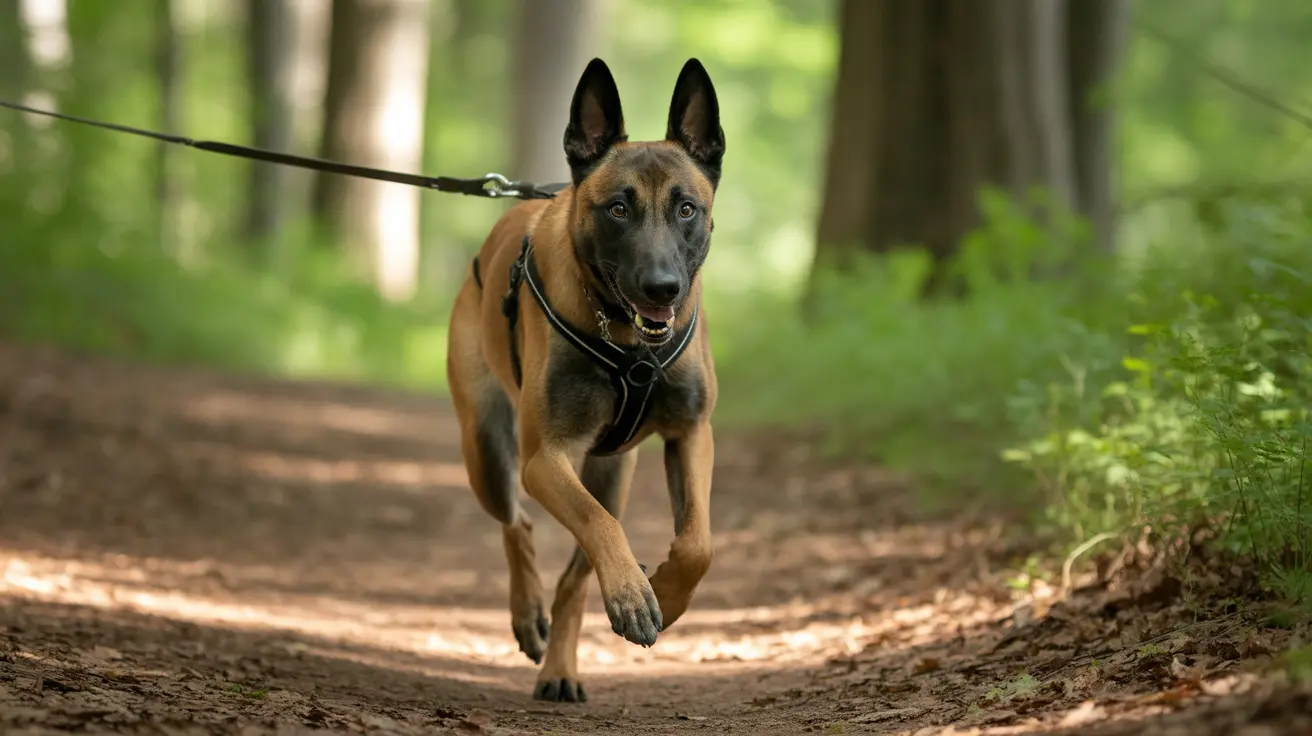How Cats Say "I Love You": Understanding Feline Affection
Cats are often seen as independent or aloof, but anyone who shares their life with a feline knows that they can be deeply affectionate creatures. Unlike dogs, cats express their love in more subtle ways that require us to pay close attention to their body language, behavior, and routine. Understanding these signs will strengthen your bond with your feline companion.
1. The Slow Blink
One of the most well-known signs of feline affection is the slow blink. When a cat looks at you and closes its eyes slowly, it’s expressing trust and love. You can even slow-blink back at your cat to return the gesture.
2. Head Bunting
Cats have scent glands located on their forehead and cheeks. When your cat head bunts you — gently pressing their face against yours or another body part — it’s marking you with their scent and showing that you are part of their trusted inner circle.
3. Purring When Near You
While purring can happen for various reasons, including stress or hunger, a soft purr when your cat is cuddled next to you or on your lap often signals contentment and affection.
4. Kneading
Kneading is a behavior rooted in kittenhood when kittens activate their mother's milk flow. When an adult cat kneads you with its paws, it’s a deeply ingrained sign of comfort and love.
5. Following You Around
If your cat follows you from room to room or likes to be where you are, it’s not just curiosity — it’s also affection. Cats like being near the people they trust the most.
6. Bringing You "Gifts"
Though not always pleasant, when a cat brings you a toy or even prey like a dead mouse, it's a demonstration of care. In the wild, cats bring food for kittens or loved ones, so it signifies that they see you as part of their family.
7. Showing the Belly
Exposing their belly is a major sign of vulnerability in the animal kingdom. If your cat lays on its back and exposes its belly in your presence, they trust you completely. However, this isn’t always an invitation for petting.
8. Grooming You
If your cat licks you, it's not just kissing — it's grooming behavior, which cats normally only perform on those they are closely bonded with, like siblings or kittens.
9. Tail Language
A high, upright tail with a slight curve at the tip often signifies a happy and affectionate cat. If your cat wraps its tail around your legs or touches you with it, it's equivalent to a gentle hug.
10. Sleeping Beside You
Cats feel most vulnerable when they sleep. Choosing to sleep near or on you shows they trust you to keep them safe. Sleeping together forms a strong emotional connection.
Ways to Strengthen Your Bond with Your Cat:
- Engage in Interactive Play: Use wand toys or lasers to simulate hunting behaviors, which helps bond and relieve stress.
- Regular Feeding Routine: Feeding your cat at consistent times deepens the trust and builds positive emotional associations.
- Respect Their Boundaries: Let your cat initiate contact and stop interactions when they seem overwhelmed.
- Grooming: Brushing your cat can be a calming way to spend time together, especially if your cat enjoys it.
- Provide Comfort: Ensure their environment includes cozy spots, high perches, and hiding holes to reduce stress and increase comfort.
Understanding Emotional Nuance in Feline Behavior
Cats experience a range of emotions, though they may not show them in the same way as humans or dogs. Paying attention to your cat’s preferences and daily habits will inform you of their emotional well-being. Affection can look like playfulness in one moment and quiet companionship in another.
When Behavior Changes
Be tuned in for sudden changes in your cat’s affection patterns—such as hiding, increased aggression, or avoidance. These may signal stress, illness, or discomfort, and it’s important to consult a veterinarian if any concerning behaviors persist.
Conclusion
Cats express their love in subtle, yet powerful, ways. From blinking and kneading to sharing naps and quiet moments, these behaviors reflect deep emotional attachment. By learning to recognize and return these signs of affection, you’ll foster a relationship built on mutual trust, love, and companionship. Remember, your feline friend may not say "I love you" in words, but through their behavior, they let you know every day.





